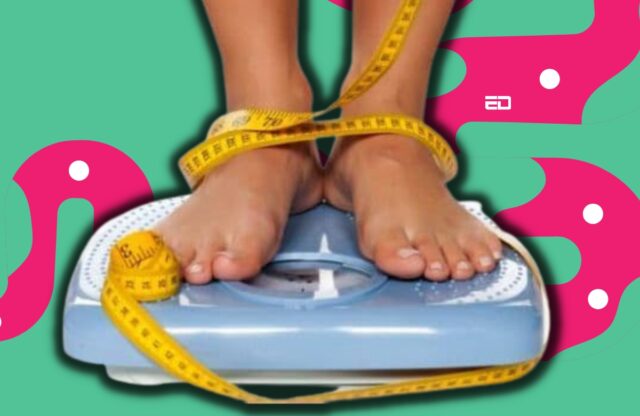The National Family Health Survey Report shows that Indians have been growing fatter for the last 15 years. The analysis of the NFHS survey conducted by The Print shows that women are suffering more from obesity as compared to men. Also, there’s a relationship between wealth and obesity in women.
NFHS survey has been conducted in five rounds throughout India in a representative sample of households. The first round was conducted in 1992-93, whereas the report for the fifth round was conducted in 2019-21, and was published last year.
Women More Obese Than Men
In the analysis of the health survey, it was found that women are more obese, as compared to men. In a regional analysis as well, women are way ahead of men in the rate of obesity. Obesity is a condition that is measured by the BMI ratio.
Body Mass Index is the ratio of a person’s weight in kilograms to their height measured in meter square. A person is obese if their Body Mass Index (BMI) is above 30. BMI above 25 and below 30 are considered overweight (not obese).
According to the NFHS survey, about a fourth of young women and one-fifth of men in India are overweight. There are differences in the regional obesity numbers. In some places, women are more obese than men.
For example, in Punjab, which has the highest obesity rate in India, 14.2%of women and 8.3% of men were obese. In Tamil Nadu, 14.1% of women and 8.7% of men were found to be obese.
There were only three northeastern states where men were found to be more obese than women, but the difference between the genders was marginal. For instance, 5.6% of men and 4.6% of women were found to be obese in Mizoram. In Meghalaya, the rate of obesity for men was 1.6% and 1.4% for women.
Also Read: A New Study Reveals That Stress Can Be Beneficial For Your Mental Health

Dr. Hemalatha R, director of the National Institute of Nutrition, Indian Council of Medical Research (ICMR) said, “Studies have shown that women tend to have a lower basal metabolic rate compared to men. Also, the amount of energy that they spend on the same physical activity is likely to be lower than that of men. Differences in the body composition and hormones also may explain such differences.”
More Wealthy, More Obese
There is a notion wherein it is said that a person, who has more resources, would have a better and a healthy lifestyle, as they have the power to choose the best for them. It is not true always. Having resources does not mean that people would use those resources for healthy living. A relationship has been established between obesity and wealth. The richest women are affected by obesity the most.
According to the survey, in 2019-21, one in eight women was found to be obese, in the top wealth group. The top wealth group is the group of people with the top 20% wealth distribution in the country. The obesity rate for the lowest wealth group was just 1.6% for every 100 women aged 15-49. Among men, the obesity rate stood at 8% and 1.2% for those in the lowest wealth group.
There has been a sharp increase in the rate of obesity in the middle and higher-wealth groups. Nearly every one in seventeen women in the middle wealth group is obese. Whereas the rate of obesity in the top wealth group has jumped from 8.4% to 12.6%.
This can be compared to the rate of obesity in men. In the middle wealth group, 3% of men were found to be obese, and in the top wealth quintile, 8 % were obese.
Age And Obesity Linked
Age also plays an important role in the obesity rate. The rate increase is observed the most in the age group of 40-49. According to the 2019-21 survey, 11% of women and 5.7% of men in the age group of 40-49 were obese.
When asked about this by The Print, Dr. Hemlatha R said, “As people grow older, their calorie/energy requirements decrease. Hence, one should consume fewer calories and continue physical activity as age advances. Middle-aged individuals are more likely to be economically independent with increased purchasing power and are likely to be less active, hence higher chances of becoming obese or overweight.”
India is expanding, and the waists with it are also widening. The progress, hence, should be mapped not by expansion but by progression towards a healthier lifestyle and a better India.
Image Credits: Google Images
Feature image designed by Saudamini Seth
Sources: The Print, NFHS survey 2019-21, PRS Legislative Research
Find the blogger: Katyayani Joshi
This post is tagged under: India, obese, fat, region, gender, difference, women, urban, rich, poor, middle class, urban middle class, rich women, wealthy, resources, lifestyle, health, healthy, age, obesity, men, Northeast, metro cities
Disclaimer: We do not hold any right, or copyright over any of the images used, these have been taken from Google. In case of credits or removal, the owner may kindly mail us.

































